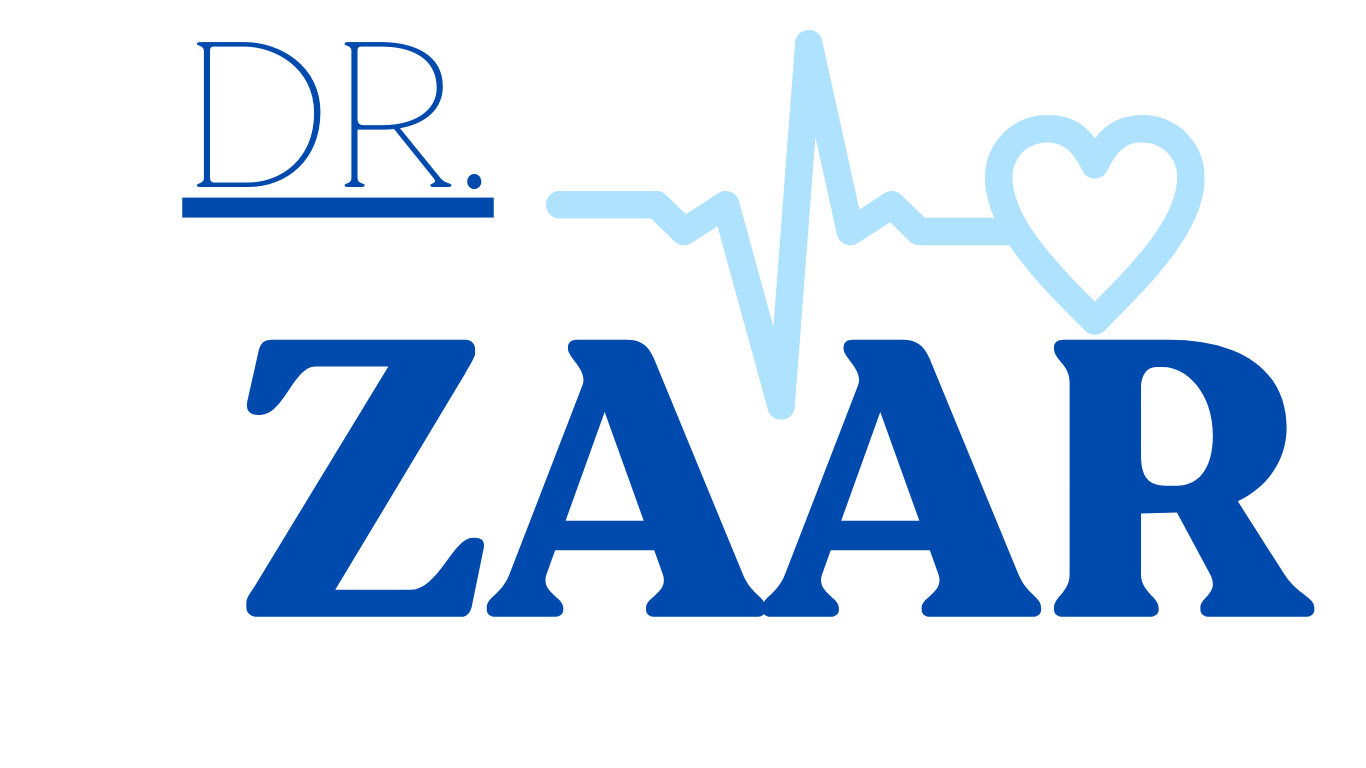Cortistatin in Pituitary Disorders: Exploring its Role in Prolactinoma Development
Cortistatin in Pituitary Disorders: Exploring its Role in Prolactinoma Development
Introduction: Pituitary disorders encompass a wide array of conditions affecting the pituitary gland, a vital endocrine organ located at the base of the brain. Among these disorders, prolactinomas represent the most common type of pituitary tumor, characterized by the excessive production of prolactin hormone. Recent research has shed light on the potential involvement of cortistatin, a neuropeptide with diverse physiological functions, in the pathogenesis of prolactinomas. This article aims to explore the emerging role of cortistatin in prolactinoma development and its implications for understanding and potentially treating this disorder.
Cortistatin: A Brief Overview: Cortistatin, initially discovered as a somatostatin-like peptide, shares structural similarities with somatostatin but exhibits distinct biological activities mediated through specific receptors. It is predominantly expressed in the central nervous system, with high concentrations observed in the hypothalamus and pituitary gland. Cortistatin plays a regulatory role in various physiological processes, including neurotransmission, endocrine function, and modulation of immune responses.
Prolactinoma: Pathogenesis and Clinical Manifestations: Prolactinomas arise from the prolactin-producing cells ( lactotrophs) of the anterior pituitary gland. The exact etiology of prolactinomas remains incompletely understood, although several factors, including genetic predisposition, hormonal imbalances, and environmental influences, have been implicated. Prolactinomas typically present with symptoms related to hyperprolactinemia, such as menstrual irregularities, galactorrhea, infertility, and decreased libido in both men and women. Additionally, large tumors may exert mass effects, leading to visual disturbances and headaches due to compression of surrounding structures.
Cortistatin in Prolactinoma Development: Emerging evidence suggests a potential involvement of cortistatin in the regulation of pituitary function, including modulation of prolactin secretion. Studies have demonstrated the presence of cortistatin receptors in the pituitary gland, indicating a direct interaction between cortistatin and pituitary cells. Moreover, alterations in cortistatin expression levels have been observed in various pituitary disorders, including prolactinomas, implying a role in disease pathogenesis. Mechanistically, cortistatin may exert inhibitory effects on lactotroph proliferation and prolactin synthesis, thereby influencing tumor growth and hormone secretion in prolactinomas.
Implications for Therapy: The elucidation of cortistatin’s involvement in prolactinoma development holds promise for the development of novel therapeutic strategies. Targeting cortistatin receptors or modulating cortistatin levels could offer a potential avenue for controlling prolactinoma growth and hormone hypersecretion. Furthermore, exploring the interplay between cortistatin and other regulatory molecules involved in pituitary function may provide valuable insights into the complex mechanisms underlying prolactinoma pathogenesis.
Conclusion: In conclusion, cortistatin represents a novel candidate in the intricate network of regulatory molecules governing pituitary function and hormone secretion. While further research is warranted to fully elucidate its role in prolactinoma development, current evidence suggests that cortistatin may exert inhibitory effects on lactotroph activity, thereby influencing tumor growth and hormone hypersecretion. Harnessing the therapeutic potential of cortistatin modulation holds promise for the development of innovative approaches to managing prolactinomas and improving clinical outcomes for affected individuals.
how does prolactin affect fertility and.
Prolactin, a hormone produced by the pituitary gland, is widely recognized for its role in lactation. However, its influence extends.
Read Morewhat is the link between insulin.
Insulin, a hormone produced by the pancreas, is fundamental in regulating blood sugar (glucose) levels in the body. This connection.
Read More